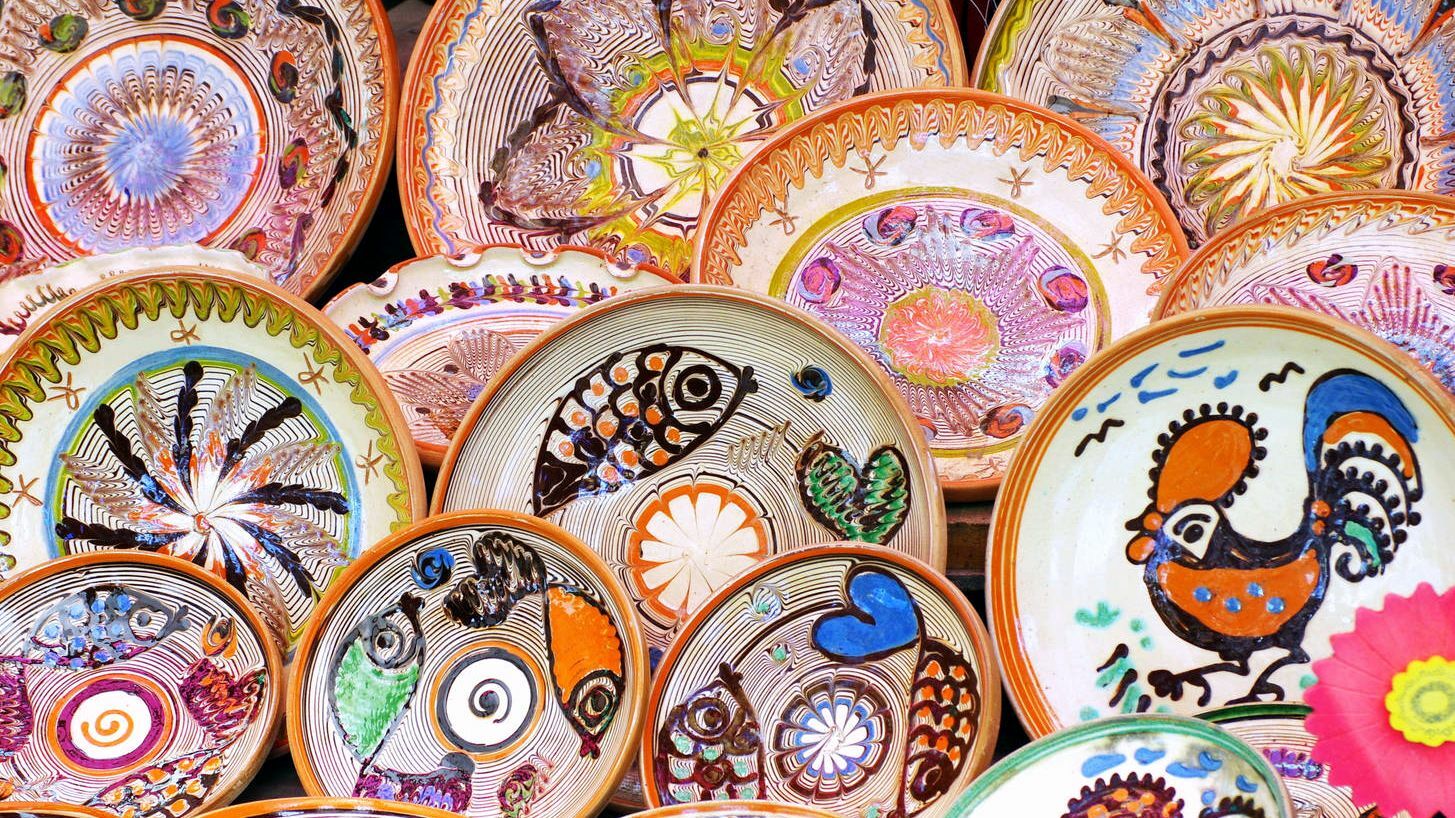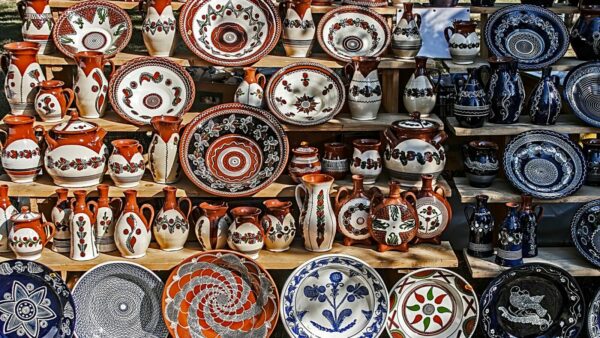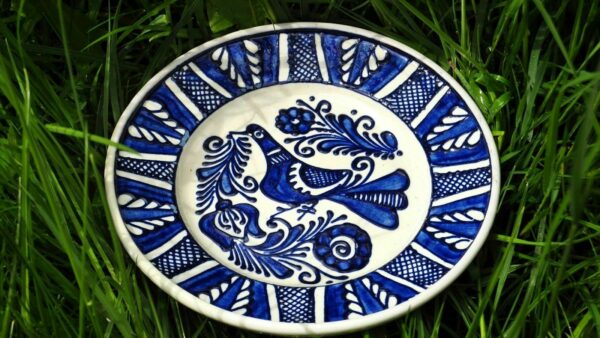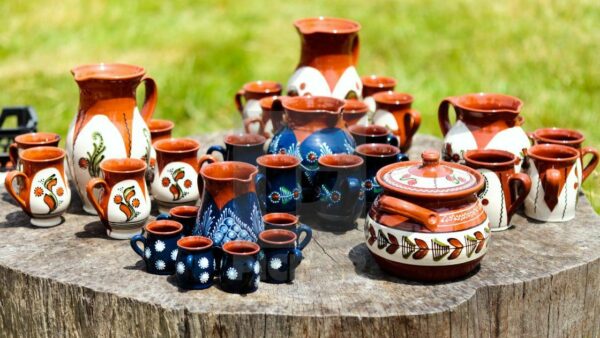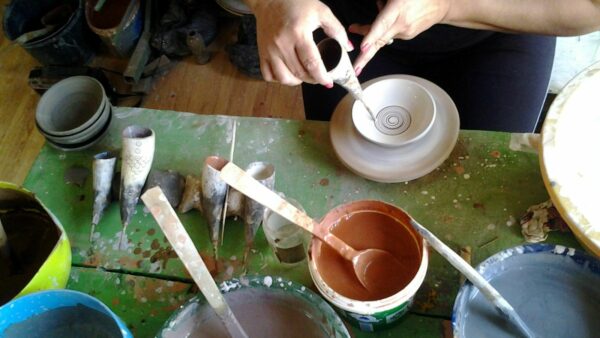Blog
Exploring the Rich Heritage of Traditional Pottery in Romania
Discovering the Beauty and Significance of Traditional Pottery in Romania
Romania is a country with a rich cultural heritage, and traditional pottery is one of its most significant and beautiful aspects. Pottery has been an integral part of Romanian culture for centuries, and it continues to be an important part of the country’s artistic and economic landscape. Romanian pottery is known for its unique designs, intricate patterns, and vibrant colors, which reflect the country’s diverse history and cultural influences.
The History and Evolution of Romanian Pottery: From Ancient Times to the Present Day
The history of Romanian pottery dates back to ancient times, with evidence of pottery-making dating back to the Neolithic period. Over the centuries, Romanian pottery has evolved and adapted to reflect the country’s changing cultural and political landscape. During the medieval period, pottery was an important part of the country’s economy, with many towns and villages specializing in the craft.
In the 19th century, Romanian pottery experienced a revival, with artists and craftsmen rediscovering traditional techniques and styles. This led to a renewed interest in Romanian pottery, both within the country and abroad. Today, Romanian pottery is recognized as an important part of the country’s cultural heritage, and it continues to be a thriving industry.
Techniques and Styles of Traditional Romanian Pottery: A Closer Look at the Craftsmanship
Traditional Romanian pottery is characterized by its unique designs, intricate patterns, and vibrant colors. The craft is typically passed down from generation to generation, with each family or community developing its own distinct style. Some of the most common techniques used in Romanian pottery include wheel throwing, hand building, and slip casting.
One of the most distinctive features of Romanian pottery is its use of traditional motifs and symbols. These include geometric patterns, floral designs, and animal motifs, which are often used to tell stories or convey cultural and religious beliefs. Many Romanian potters also incorporate local materials into their work, such as clay from nearby rivers or mountains.
Preserving and Promoting Romanian Pottery: Efforts to Keep the Tradition Alive and Thriving
Despite its rich history and cultural significance, traditional Romanian pottery faces many challenges in the modern world. One of the biggest challenges is competition from mass-produced, low-cost pottery from other countries. To address this, many Romanian potters are working to promote their craft and educate the public about its importance.
One way that Romanian pottery is being promoted is through festivals and exhibitions. These events showcase the work of local potters and provide an opportunity for visitors to learn about the craft and its history. Another way that Romanian pottery is being preserved is through education and training programs. Many schools and community centers offer classes in pottery-making, which help to pass on the craft to future generations.
Celebrating the Beauty and Significance of Traditional Pottery in Romania
Traditional Romanian pottery is a beautiful and significant part of the country’s cultural heritage. Its unique designs, intricate patterns, and vibrant colors reflect the country’s diverse history and cultural influences. Despite the challenges it faces, Romanian pottery continues to thrive, thanks to the efforts of dedicated artists and craftsmen. By preserving and promoting this important craft, we can ensure that it continues to be a source of pride and inspiration for generations to come.

